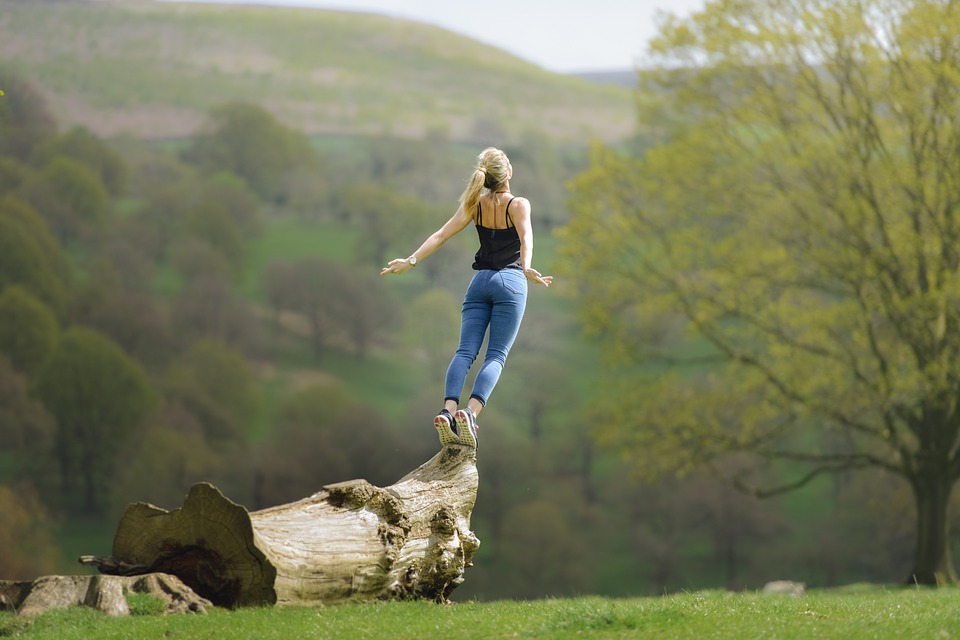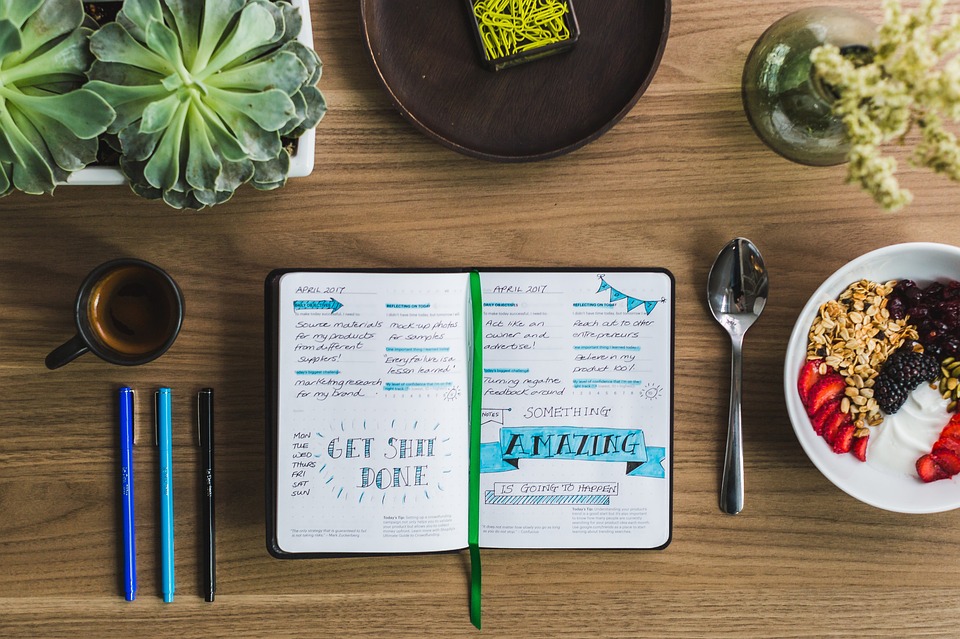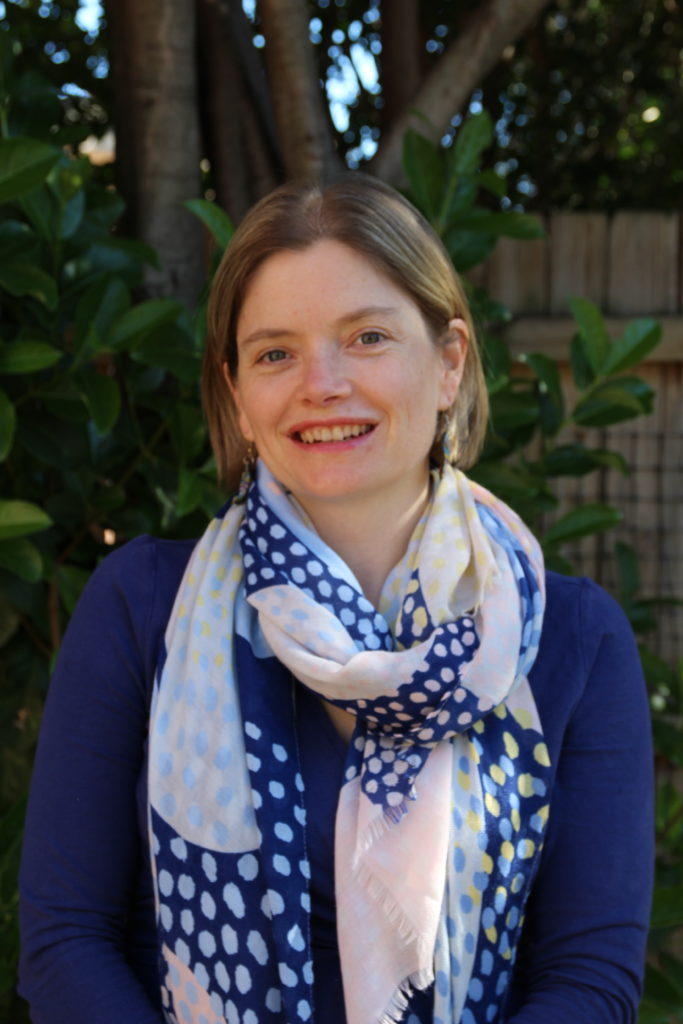 In the yarning chair on ‘Talk the Walk’ this week is Emma Searle, a senior social worker at the Royal Hospital for Women in Sydney. Emma works within a continuity of care model of maternal health social work, where Aboriginal women can meet the same group of midwives from pregnancy to follow up post-natal care.
In the yarning chair on ‘Talk the Walk’ this week is Emma Searle, a senior social worker at the Royal Hospital for Women in Sydney. Emma works within a continuity of care model of maternal health social work, where Aboriginal women can meet the same group of midwives from pregnancy to follow up post-natal care.
There is more to this interview than just reflecting on the daily challenges of working with vulnerable Indigenous women. Emma invites us to enter into a conversation about the uncomfortable realities of being a non-Indigenous social worker, in a world where Indigenous child removal is high and white professionals make the decisions about what is best for Indigenous families. Working within a system with a history of oppression and racism, Emma set out to investigate how other countries were doing culturally competent practice.
On episode 25 of ‘Talk the Walk’ we explore:
- The incredibly busy role of a social worker in a maternal and infant health service
- The factors that impact on the likelihood of Aboriginal and Torres Strait Islander women reaching out for support, where they have Child Protection closely scrutinising them
- The stigma that comes with being a social worker; the challenge this poses for engaging vulnerable Aboriginal women; and how Emma overcomes these hurdles
- Addressing the over representation of non-Indigenous health and welfare professionals making decisions about Indigenous people’s lives and the alarming rate of children removal
- Emma’s key findings from her Churchill Fellowship exploring the needs and experiences of Indigenous women in Canada, the USA and New Zealand
- What a difference it can make to Aboriginal families by acknowledging and celebrating language and culture
- Best practice success stories in maternal social work overseas including ‘bicultural practice’ in New Zealand
- How Emma is using her learnings to improve services for Aboriginal women here in Australia
- The essential skill of being able to have ‘difficult conversations’
- Visiting the early influences on Emma’s life and the values and beliefs that she connected with in the profession of social work
- What Emma’s thinks is the superpower unique to social work
- The people and movements that have shaped Emma’s social work practice
- Emma’s sparkling moments in maternal health social work since returning to Australia
- Emma’s interest in Brene Brown’s work on shame and vulnerability
- An invitation to join the conversation on culturally competent practice
To listen to this episode simply click on the Play button below or listen via the Stitcher App for iOS, Android, Nook and iPad.

You can also subscribe to podcast and blog updates via email from the Menu on the Home Page.
Don’t forget, if you or someone you know would make a great interview on ‘Talk the Walk’, send us an email from the Contact Page.
Things to follow up after the episode
Read another great story about the Malabar Midwives service as featured in the Sydney Morning Herald.
Bi-cultural practice as it relates to Social Work – A summary by the ANZASW
To explore Bi-Cultural practice and the concepts of White shame and guilt read, A Pākehā journey towards bicultural practice
through guilt, shame, identity and hope
Emma’s favourite video from Reconciliation Australia that references our shared story and the importance of acknowledging the past as part of building a future together.
Brene Brown – TED talks, books and writings
Podcast: Play in new window | Download
Subscribe: RSS

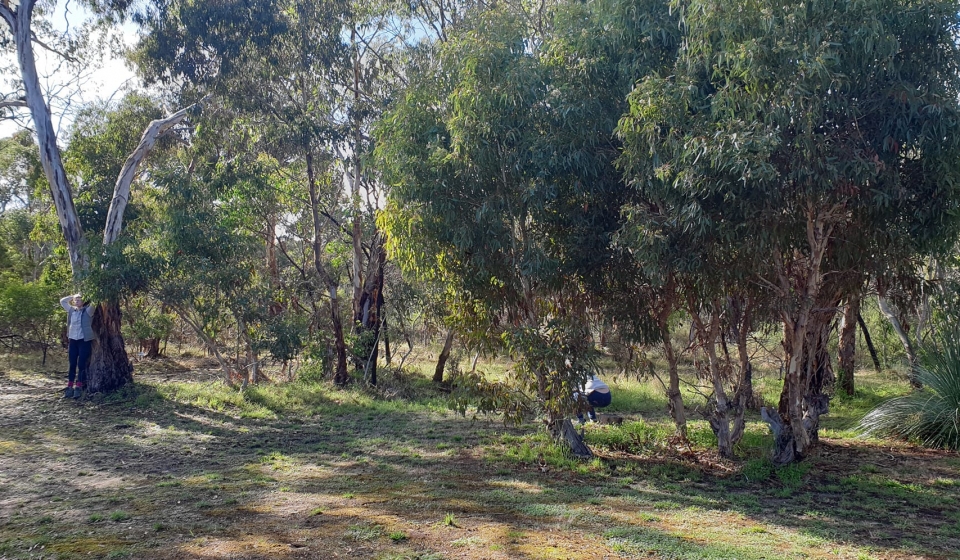
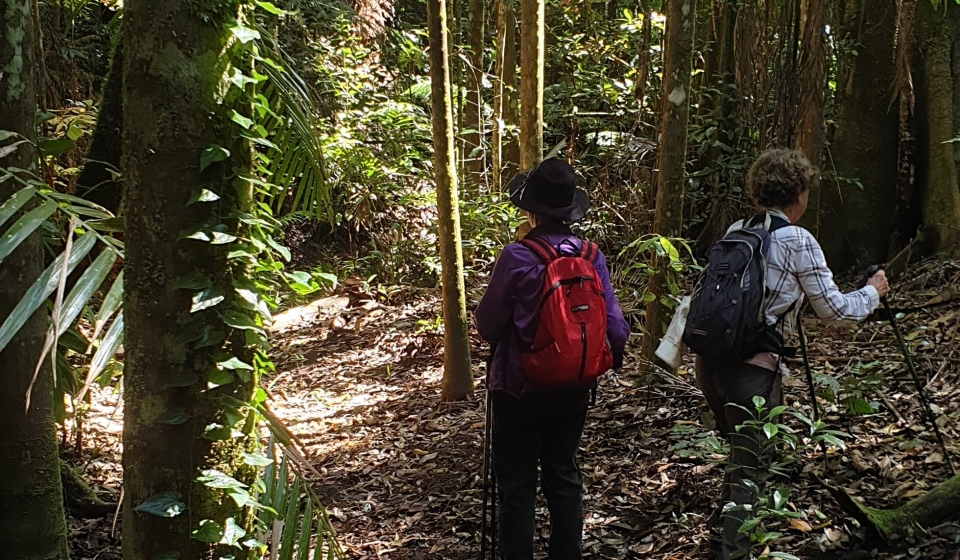
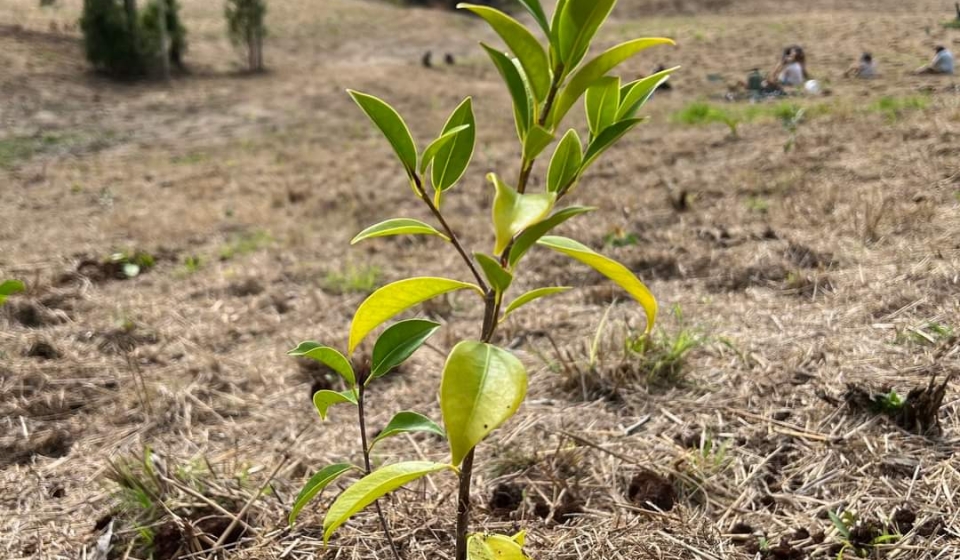
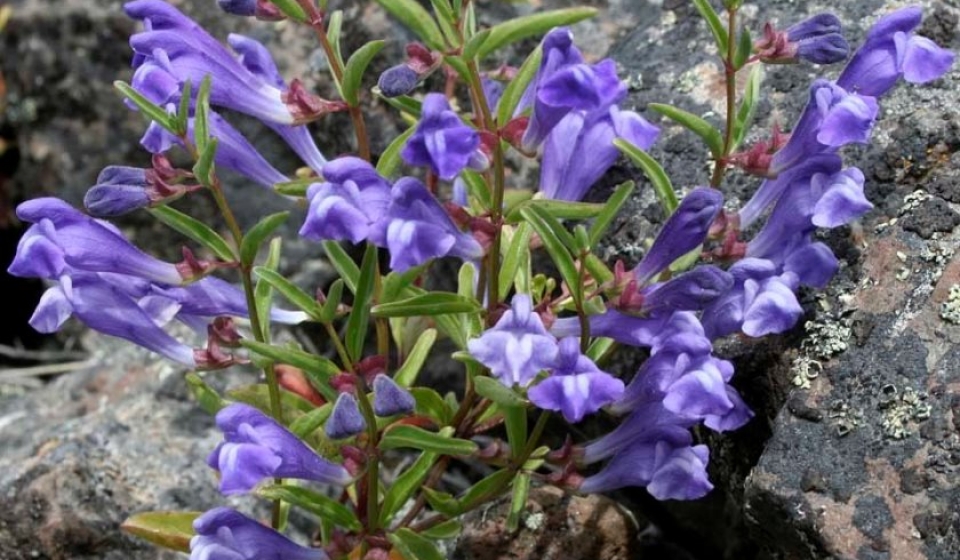
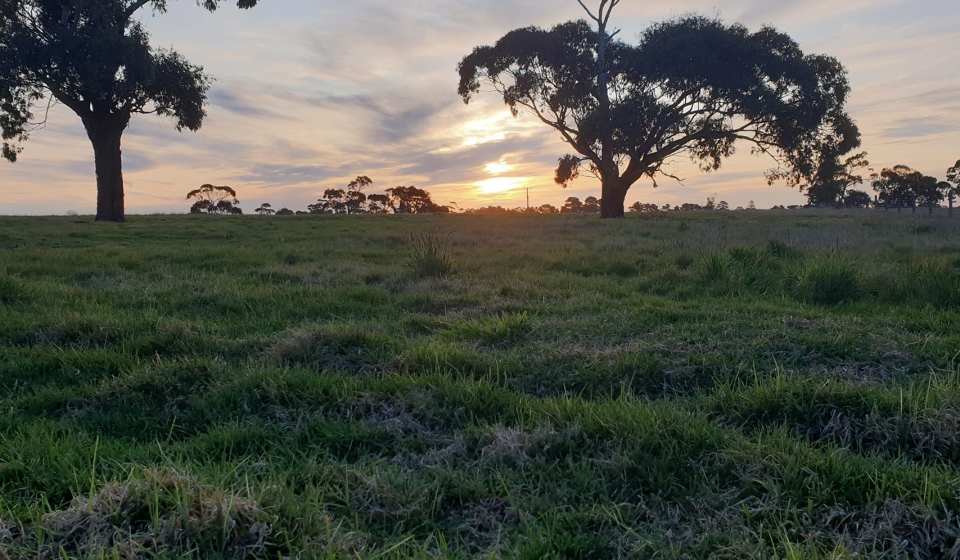
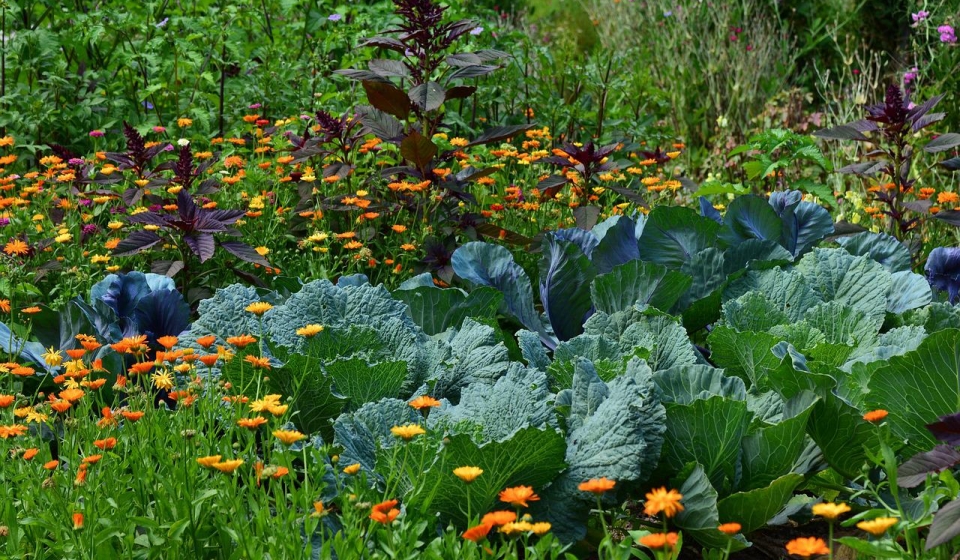
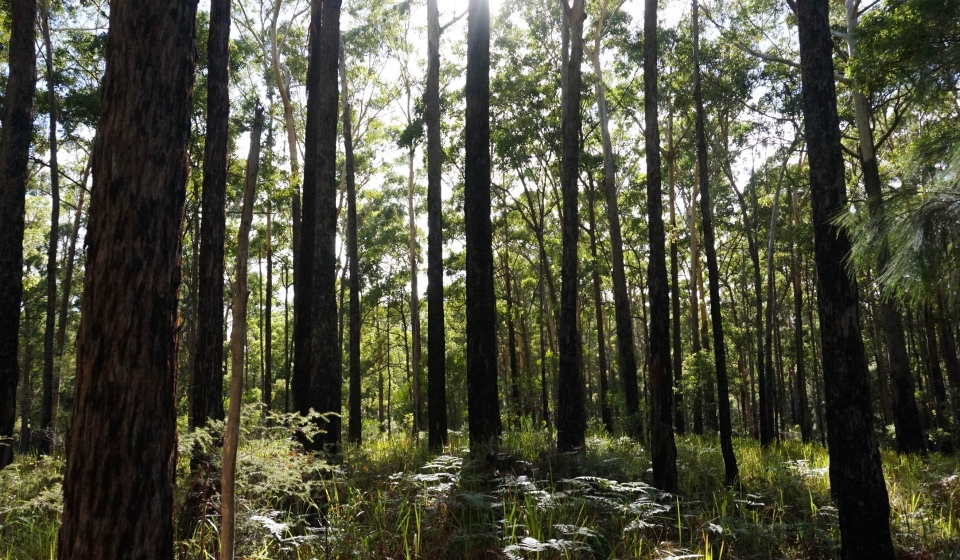
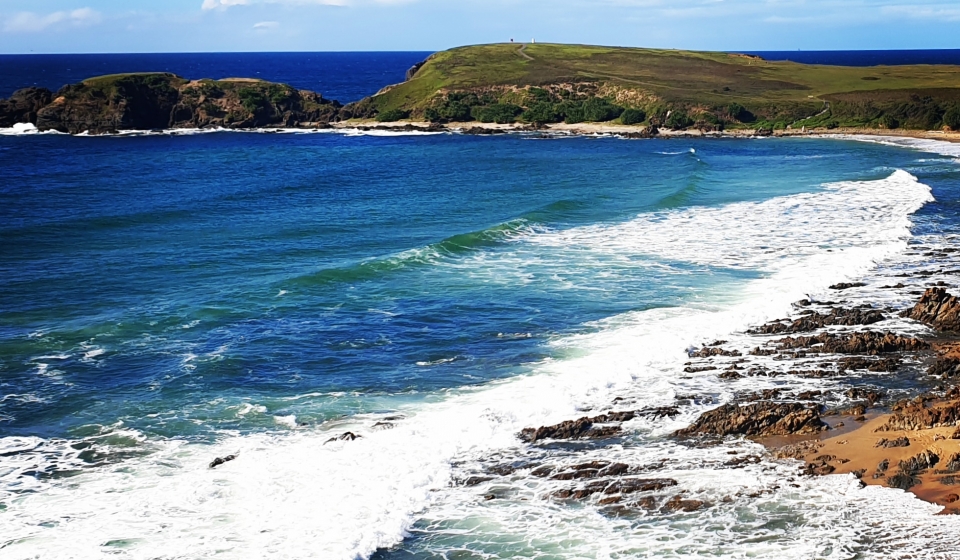
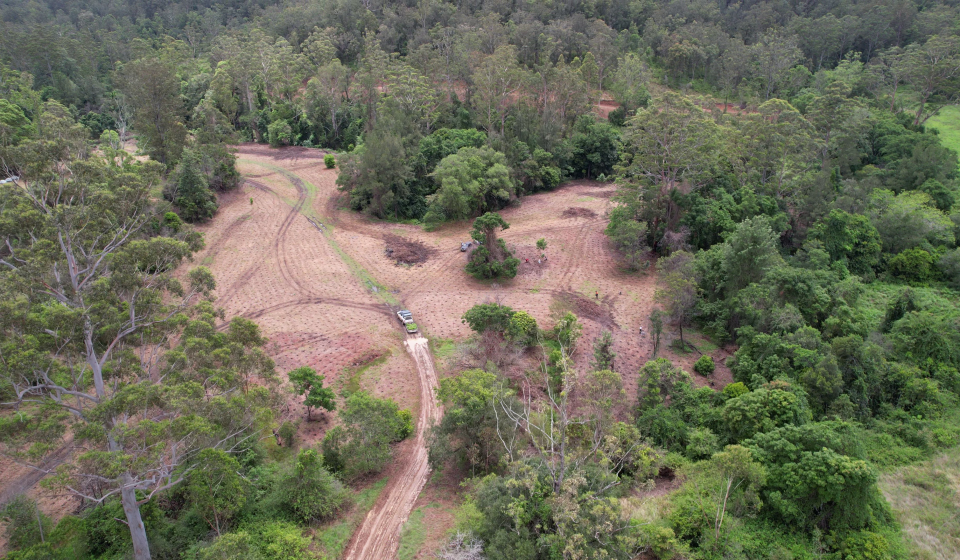
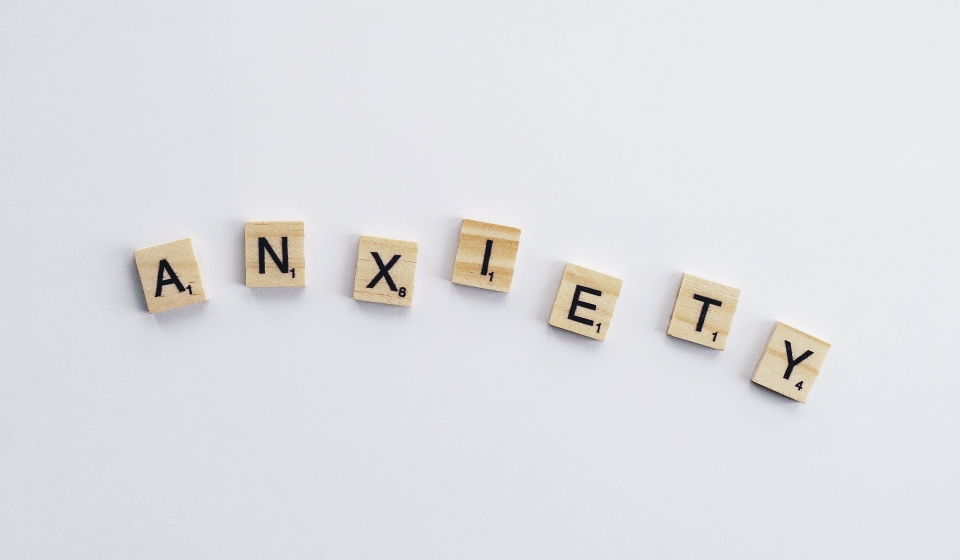
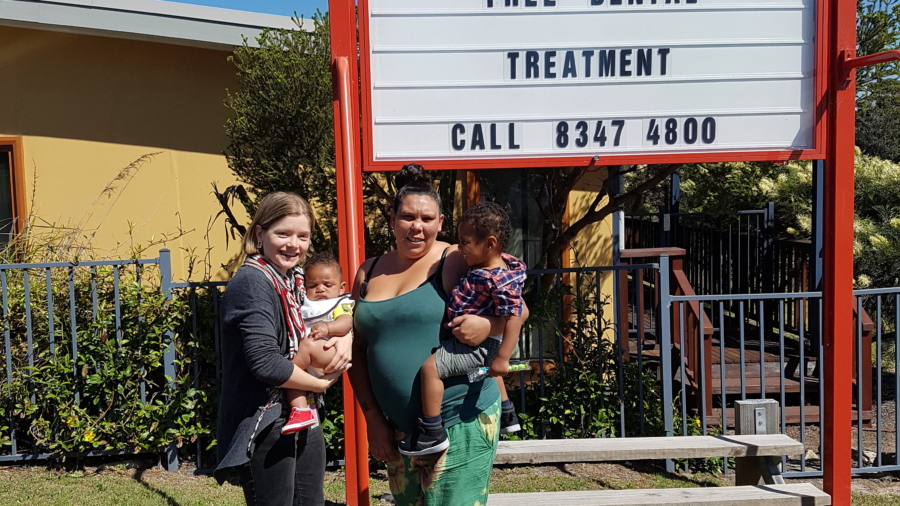
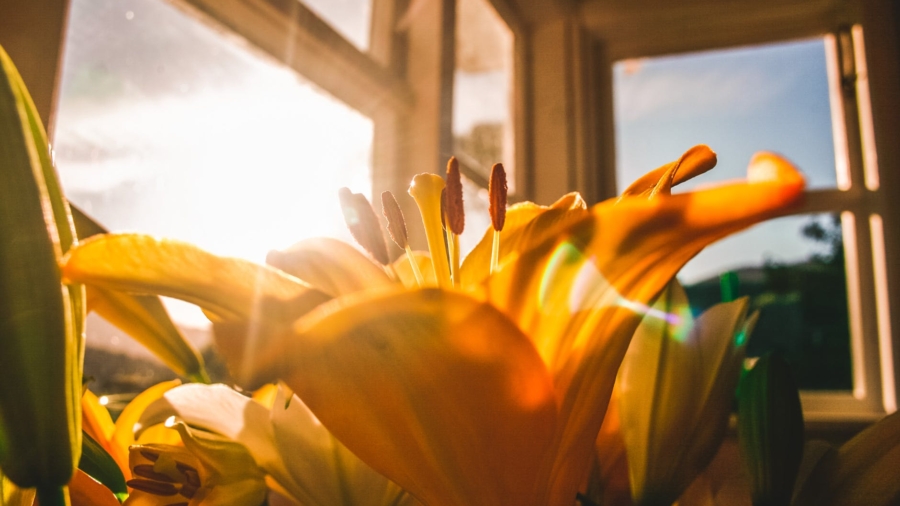
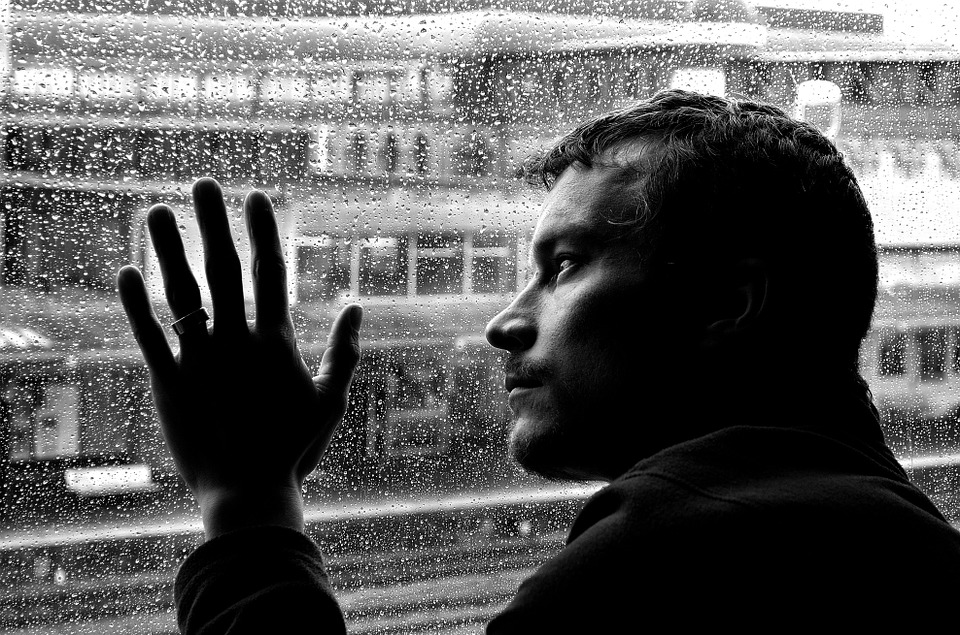
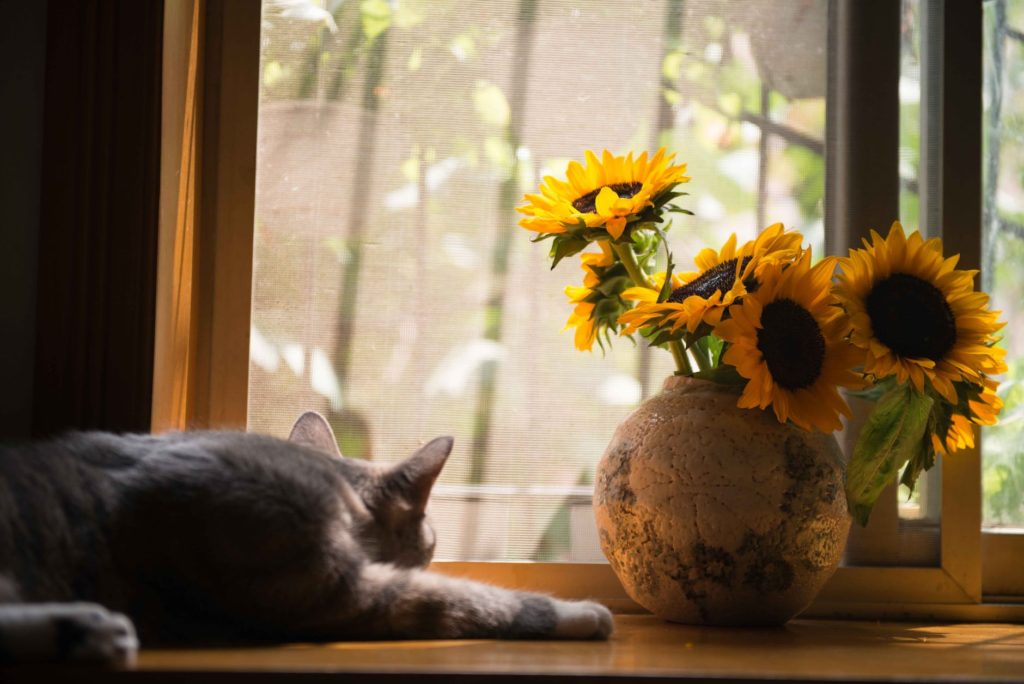
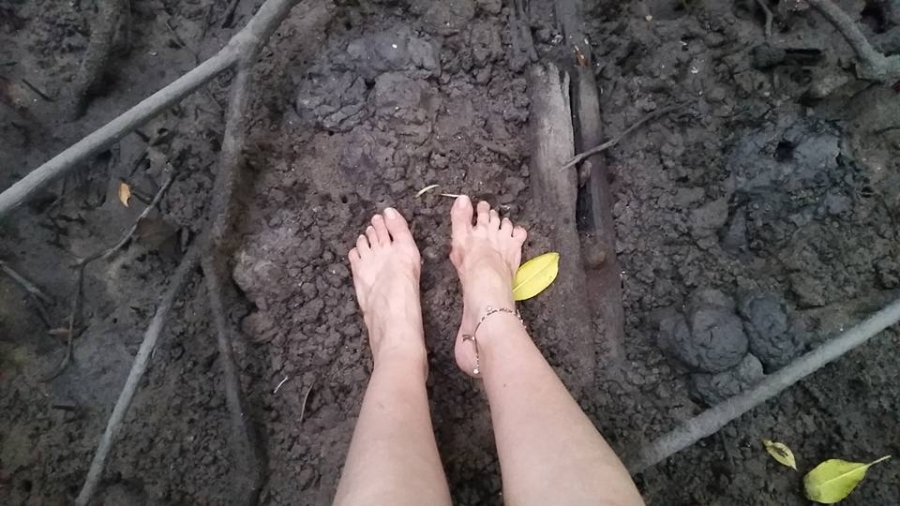
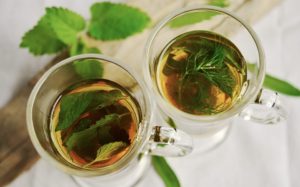 3. Make a natural brew. And drink it outside.
3. Make a natural brew. And drink it outside.
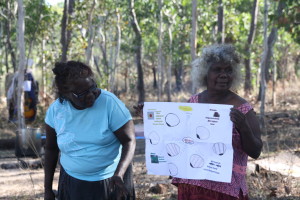
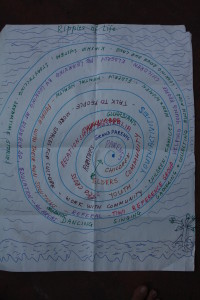
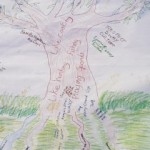
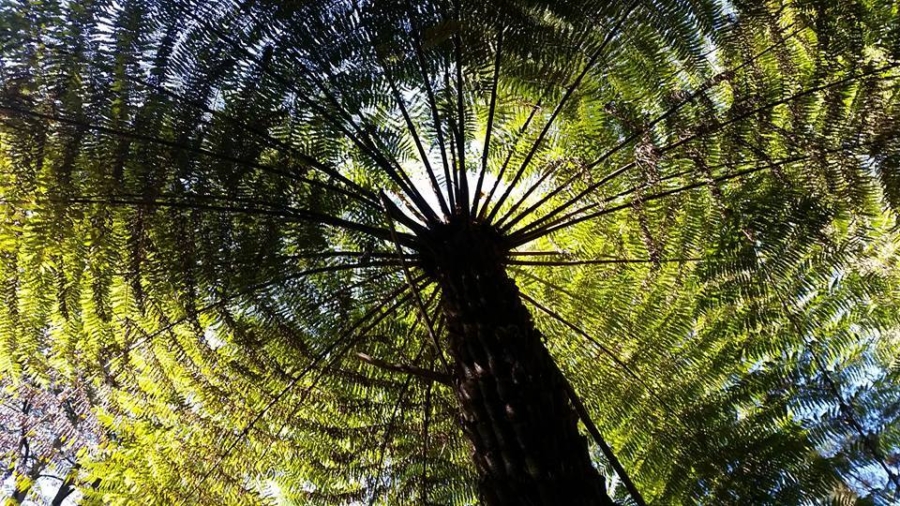
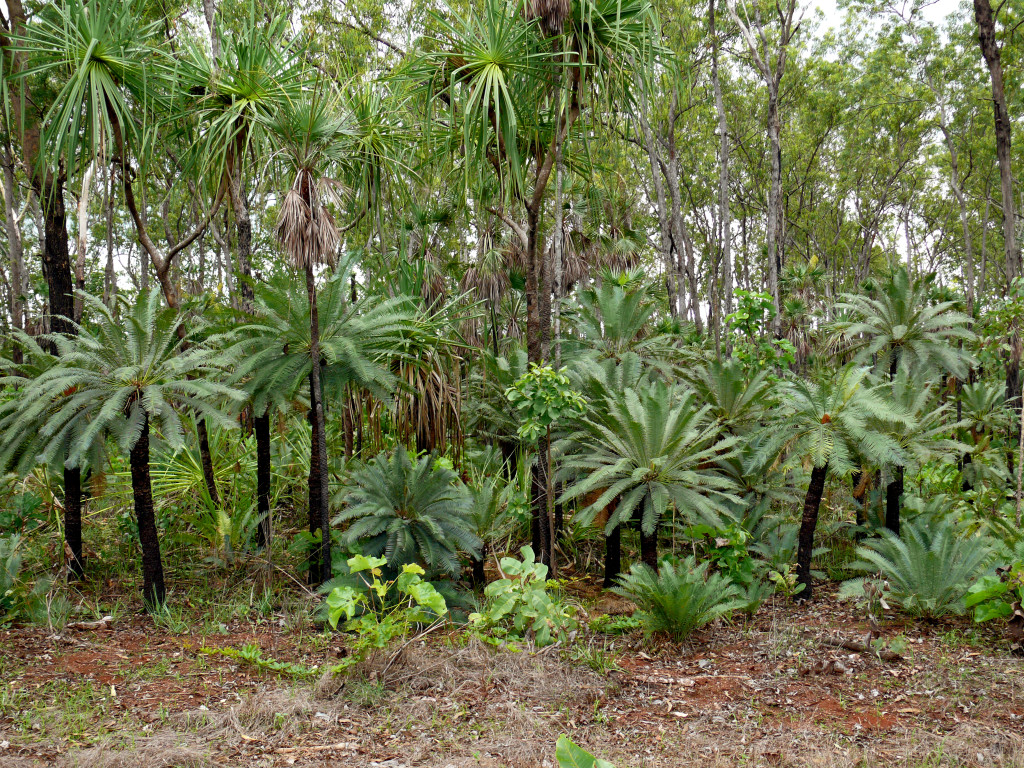
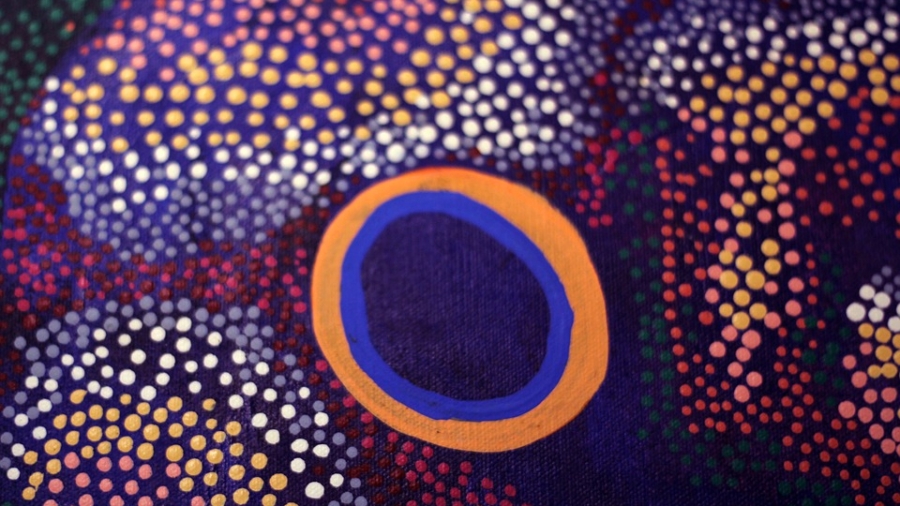
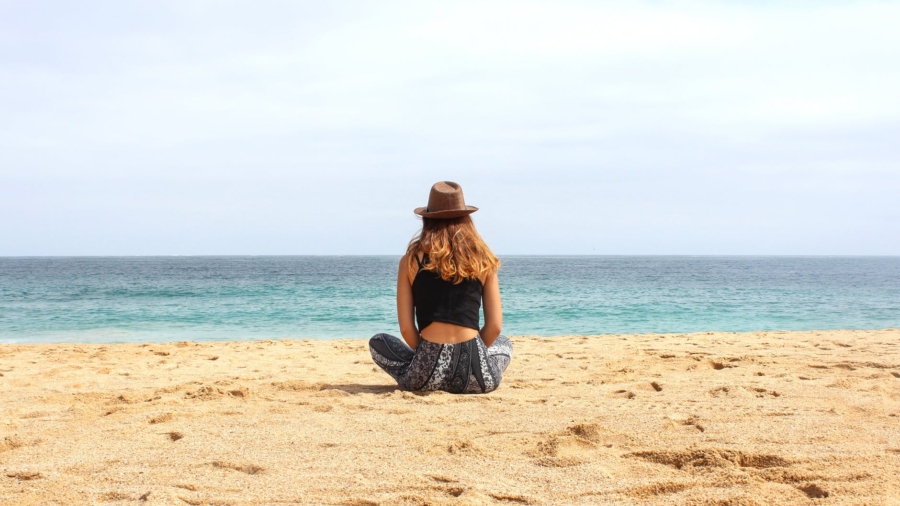
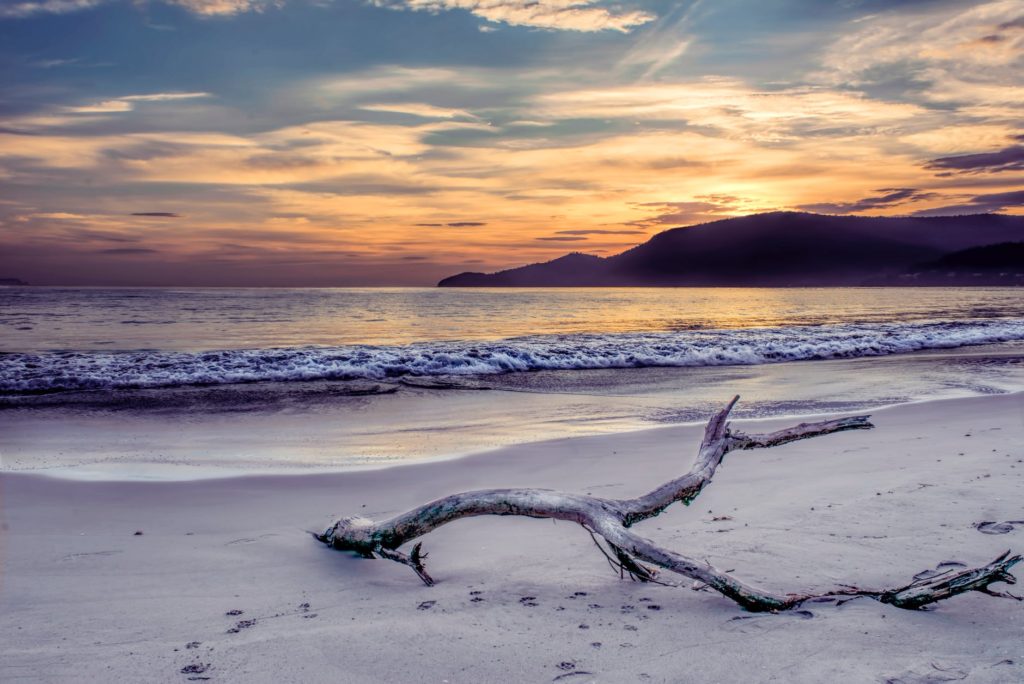
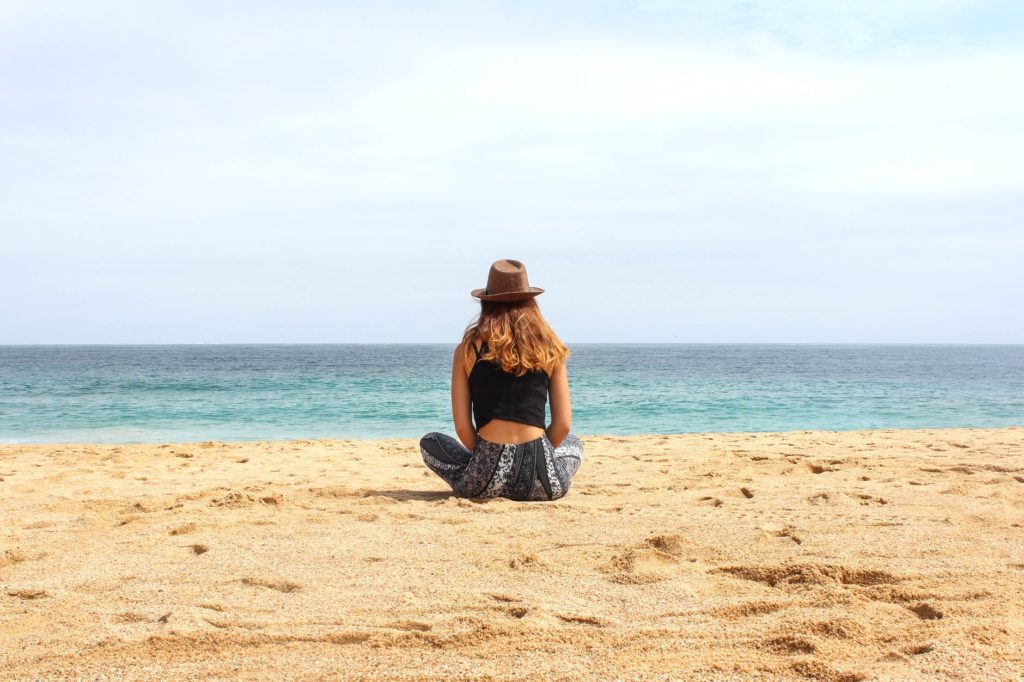
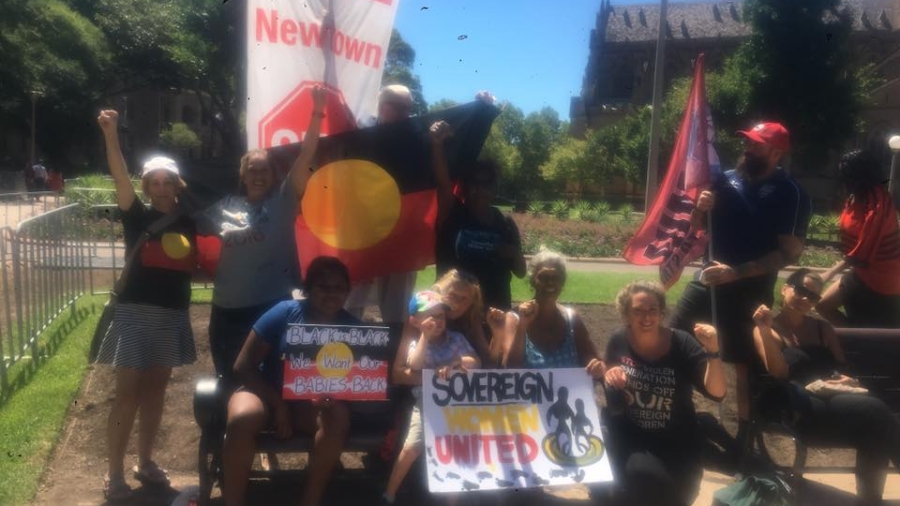
 Driven by personal family interests as well as deeply held values and a commitment to self determination, Sami shares the ingredients that have made practising Indigenous policy and advocacy work successful as a non-Indigenous woman. Social work students considering their future placements will find this episode invaluable and current non-indigenous practitioners will discover pearls of wisdom for standing alongside our Indigenous brothers and sisters for recognition and justice.
Driven by personal family interests as well as deeply held values and a commitment to self determination, Sami shares the ingredients that have made practising Indigenous policy and advocacy work successful as a non-Indigenous woman. Social work students considering their future placements will find this episode invaluable and current non-indigenous practitioners will discover pearls of wisdom for standing alongside our Indigenous brothers and sisters for recognition and justice.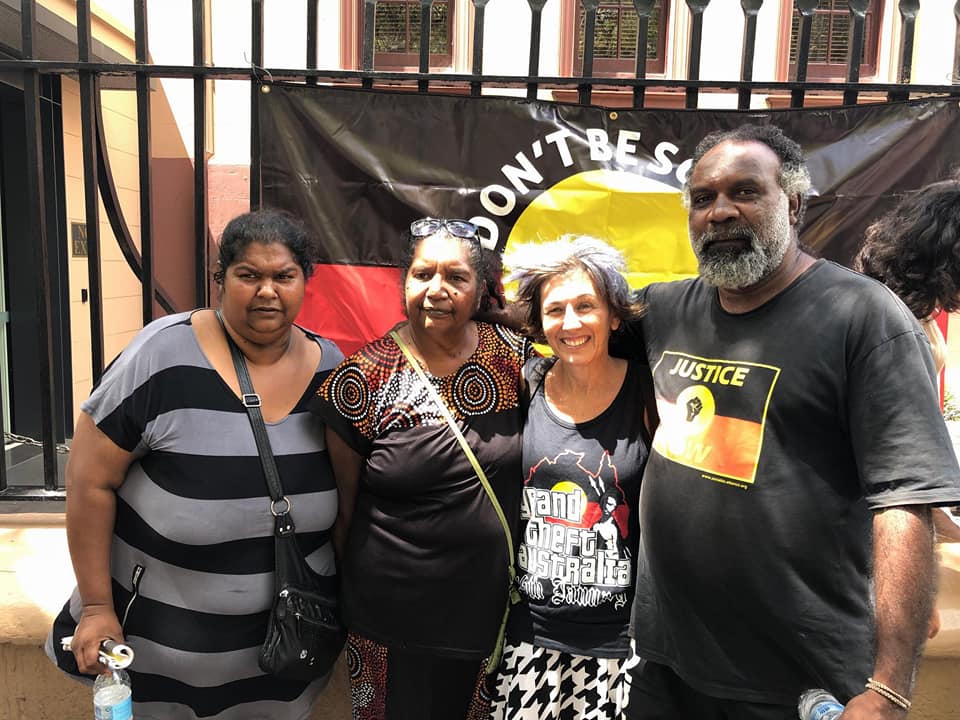
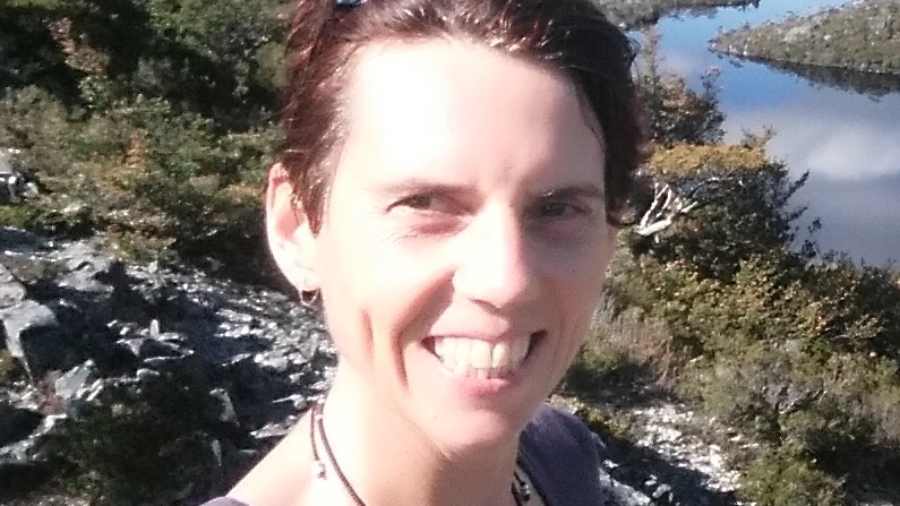
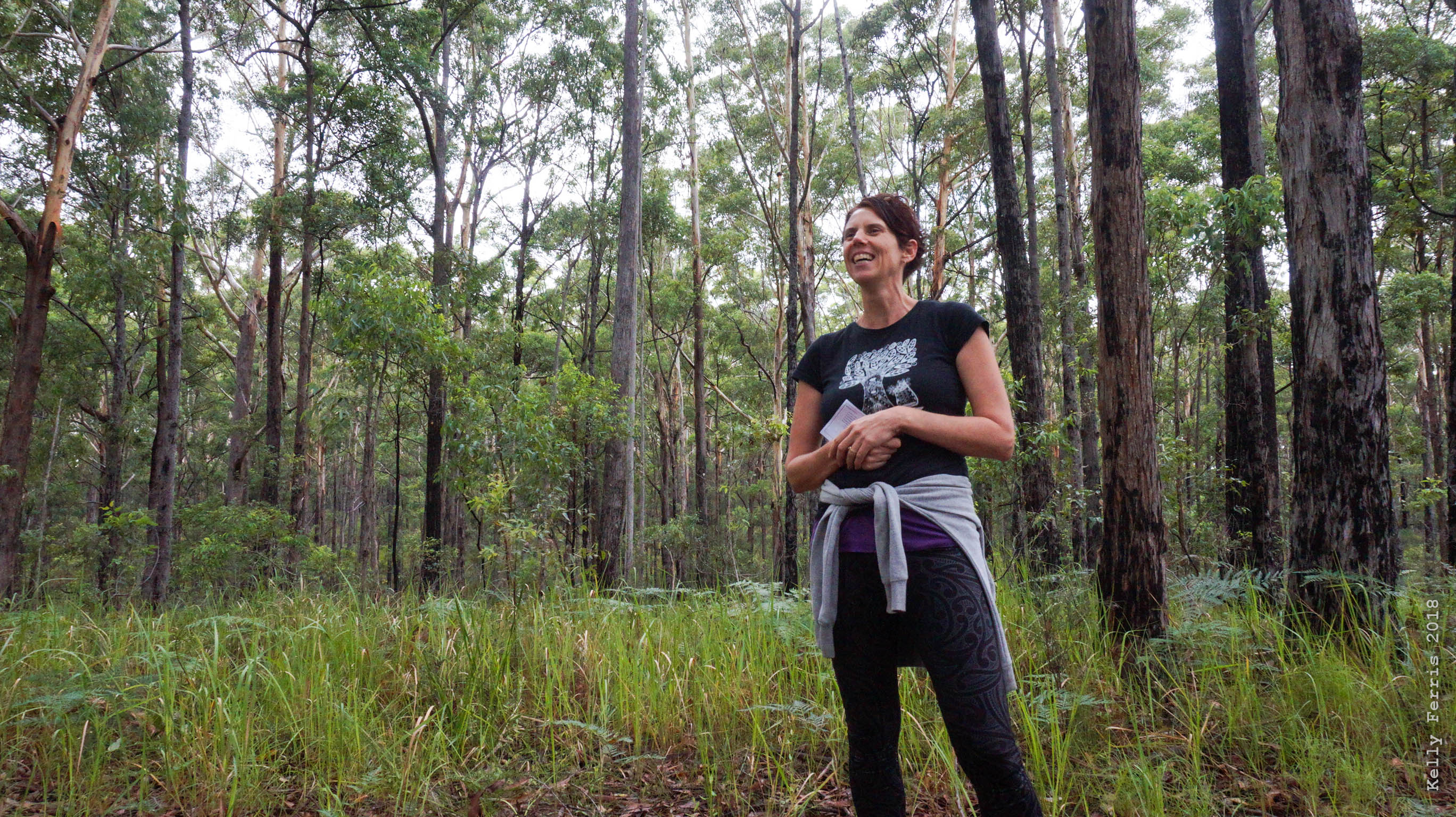 You may be familiar with my passion for the environment and special interest in how nature can work with us in promoting health and wellbeing for people and the planet. While, I am concerned about the rapidly increasing rates of anxiety and depression across the world, I am hopeful and excited about the growing body of research demonstrating the benefits of nature connection to our physical, mental, spiritual and social health. Indigenous cultures (including
You may be familiar with my passion for the environment and special interest in how nature can work with us in promoting health and wellbeing for people and the planet. While, I am concerned about the rapidly increasing rates of anxiety and depression across the world, I am hopeful and excited about the growing body of research demonstrating the benefits of nature connection to our physical, mental, spiritual and social health. Indigenous cultures (including 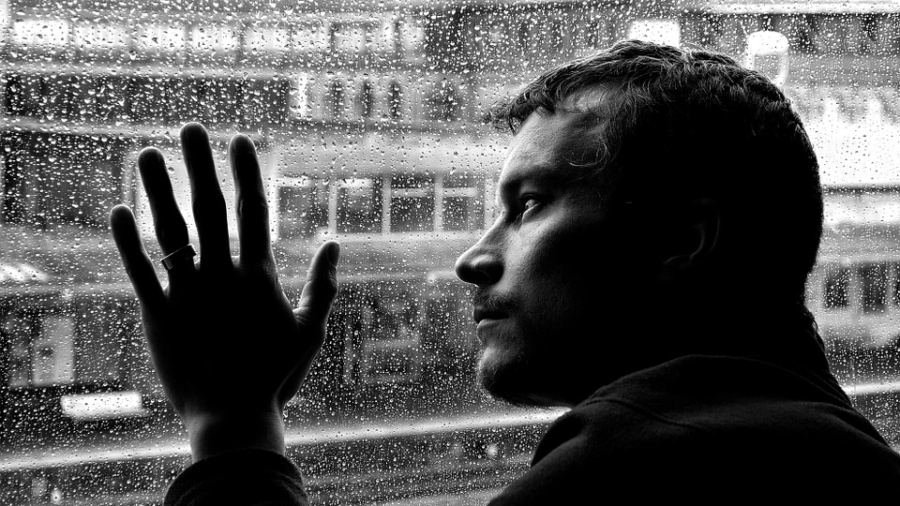
 The impact of stress usually results in deteriorating work performance, taking more time off and running down your immune system. Illness has a direct effect on both the quality and quantity of your work. You will work more slowly than usual, make more mistakes or need to repeat tasks. This lower labour productivity translates to increased costs for employers.
The impact of stress usually results in deteriorating work performance, taking more time off and running down your immune system. Illness has a direct effect on both the quality and quantity of your work. You will work more slowly than usual, make more mistakes or need to repeat tasks. This lower labour productivity translates to increased costs for employers.